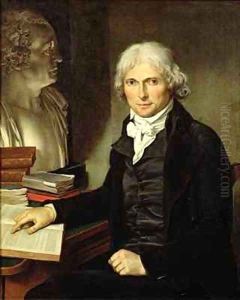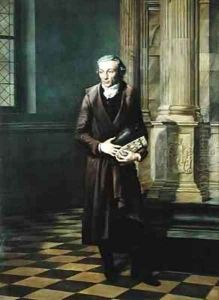Pierre Maximilien Delafontaine Paintings
Pierre Maximilien Delafontaine was a multifaceted French artist known for his contributions to the fields of painting, engraving, and decorative arts, particularly during the late 18th and early 19th centuries. Born in 1774, Delafontaine's artistic journey began in an era marked by the tumultuous events of the French Revolution and the Napoleonic Wars, periods that influenced not only the political landscape of France but also its cultural and artistic directions.
Delafontaine's work was reflective of the changing tastes and styles of his time, transitioning from the neoclassical influence of his early years towards the more ornate and expressive qualities of the Romantic movement. Despite the scarcity of detailed records about his personal life and artistic education, it is known that he was active in Paris, a hub for artists, intellectuals, and revolutionaries. His ability to adapt to the evolving artistic trends of his time allowed him to maintain relevance in a rapidly changing world.
Throughout his career, Delafontaine exhibited at the prestigious Salon, the official art exhibition of the Académie des Beaux-Arts in Paris. His submissions to the Salon, alongside his other works, showcased his versatility across different mediums, including painting, engraving, and the design of decorative arts. Delafontaine's decorative works, in particular, were notable for their intricate designs and craftsmanship, reflecting the period's growing interest in merging aesthetic beauty with functional objects.
Despite the recognition he received during his lifetime, Delafontaine's legacy has been somewhat overshadowed by his contemporaries, and many of his works remain lesser-known to the general public. However, his contributions to the decorative arts, especially, continue to be appreciated by collectors and scholars for their elegance and historical value. Pierre Maximilien Delafontaine passed away in 1860, leaving behind a body of work that, while not as widely recognized today, played a part in the rich tapestry of French art history during a period of significant transition and upheaval.

